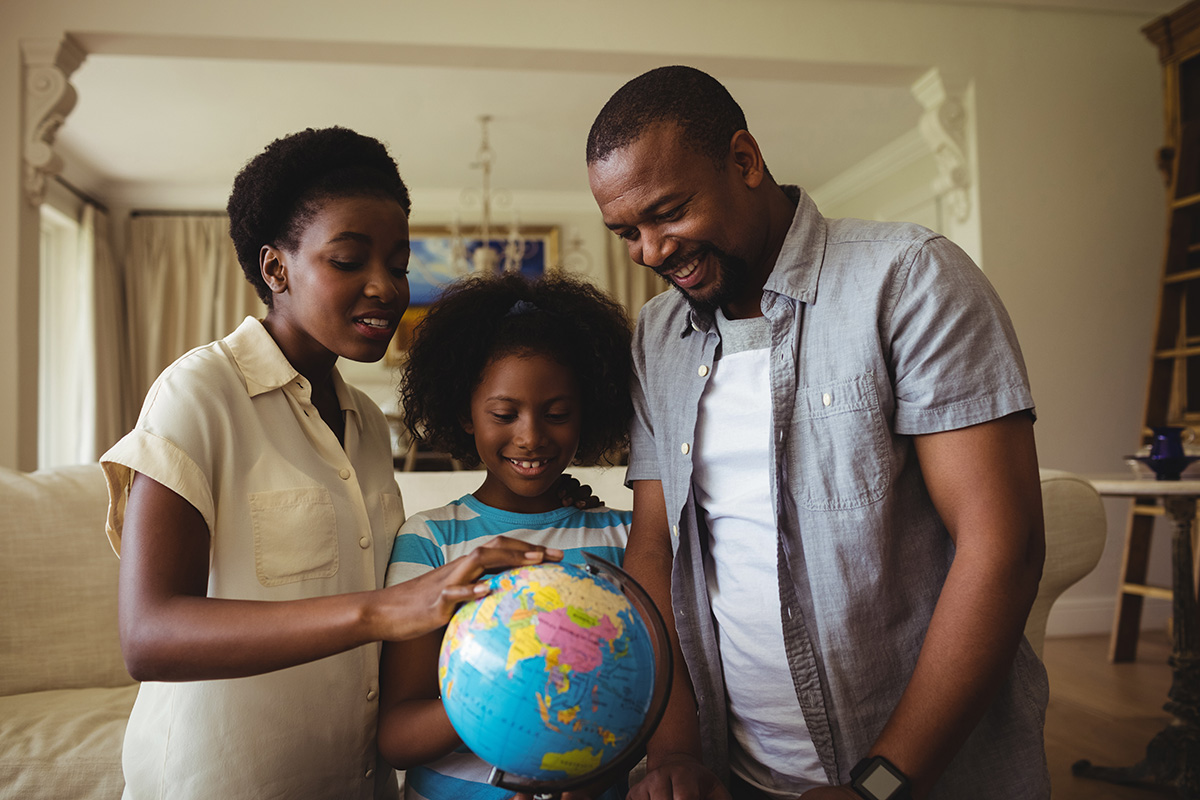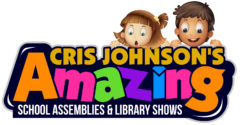
Author Bio: Ryan Howard runs Smart Parent Advice, a site that provides parenting advice for moms and dads. Ryan writes about all of the different ups and downs of parenting, provides solutions to common challenges, and reviews products that parents need to purchase for babies and toddlers.
In this new green world, most of us are trying to find ways we can do better. None of use will ever be perfect, but if we all do a few simple things, the impact of our efforts on the environment will add up.
Setting a good example for our kids is one of the best ways we can protect our environment and pass on these habits to the next generation of caregivers. After all, they’ll be here for a long longer than we are, so they’re going to inherit whatever it is we leave behind.
That’s a pretty scary thought, so here are some ways you can share the environment with your kids and teach them how to care for it themselves.
Learn About Nature
One of the best ways to start your journey is to learn about the environment itself. Once your kids understand how it works, they’ll be able to care for it a lot better than before. Most kids love being outside, so getting closer to nature probably won’t be a huge fight.
Planting a garden at home will give them a sense of pride and ownership. You can plant fruits, vegetables, and herbs in an effort to be more self-sustaining. You can also plant flowers and bushes that attract bees, butterflies, hummingbirds, and other healthy insects. Kids also love to dig in the dirt and get messy, so this will likely be a lot of fun for everyone.
Creating an environmental scavenger hunt in your backyard or your community will educate them about local vegetation, and they can collect things that look interesting for arts and crafts later. Make leaf rubbings or self portraits with sticks and other materials you find outside.
Most importantly, talk about plants as a renewable resource that provides oxygen back into the air we breathe. Also make sure your children understand how healthy and important wildlife is to our environment. Spiders, bees, and snakes might be scary, but left alone to do their job, they’re a wonderful part of the world in which we live.
Reduce Waste
There are an endless number of ways you can reduce just about anything in your home. That includes energy and water consumption, food, and containers. The first step is to learn about recycling and how your kids can be proactive.
Precycling involves analyzing what you use and reducing it before it becomes waste. Older kids might be better at exploring the house for things that aren’t needed or that have a recyclable alternative.
Younger kids will do better drawing pictures of things that can be recycled and posting them above your recycling bins as a cute reminder. Being involved in the process will also make them more willing to help.
Encourage your kids to rinse old containers and use them for crafts rather than throwing them away. Eat leftovers, turn off lights when you leave the room, shut off the water while you’re brushing your teeth, and take shorter showers.
You can also start a compost bucket. Not every family is good at eating leftovers or reducing food waste, but one of the best things you can do with it is compost it rather than throwing it away. You can use the compost in your own garden or you can donate it to a local nature center.
Most kids love crafts, but every kid has homework. Rather than throwing copy paper away, use both sides of it before you recycle it, use it to make arts and crafts, or use the back side of it as scratch paper when doing schoolwork.
Explore the Community
Every community has resources to help you learn about the environment and conservation. Study the local vegetation and wildlife to learn about how they work together. As the seasons change, these activities may also change.
Conservation funds or local nature centers often have educational programs and activities for kids. Take walks around nearby lakes and rivers, or visit any state or national parks within driving distance.
Study Pollution
In learning about pollution, you can encourage your entire family to walk or ride bikes more. Nature walks are great ways to clean up the neighborhood by picking up trash along the way.
When you can’t walk, carpooling is a great option. When you can’t carpool, encourage your kids to find ways to reduce the gas consumption in your car by doing more than one errand at a time. Older kids can do the math to figure out miles per gallon and how your vehicle is impacting the environment.
Talk to your kids about natural lawn and garden care as an alternative to harmful pesticides, and always properly dispose of hazardous household waste. Most counties have a hazardous waste disposal center for free or at a reduced cost for residents.
Share Knowledge with Others
Kids love to brag about what they know, so teaching them about the environment is a great way to spread the word. Every new thing they learn, they’re likely to pass on to their friends, especially when they notice that their friend doesn’t do it the way they should.
Encourage your kids to talk to friends or teachers about helpful activities or have them write about an issue that matters to them. They can write an essay as a homeschool lesson or write a letter to Congress. They’ll learn about civics along the way, and how to influence their local representatives.
Final Thoughts
Take advantage of the fact that your kids love to be outside and get dirty. Help them learn how to care for the environment now and the world will be a much better place when they leave it. Best of all, it doesn’t have to be boring, with plenty of activities to make it fun.

